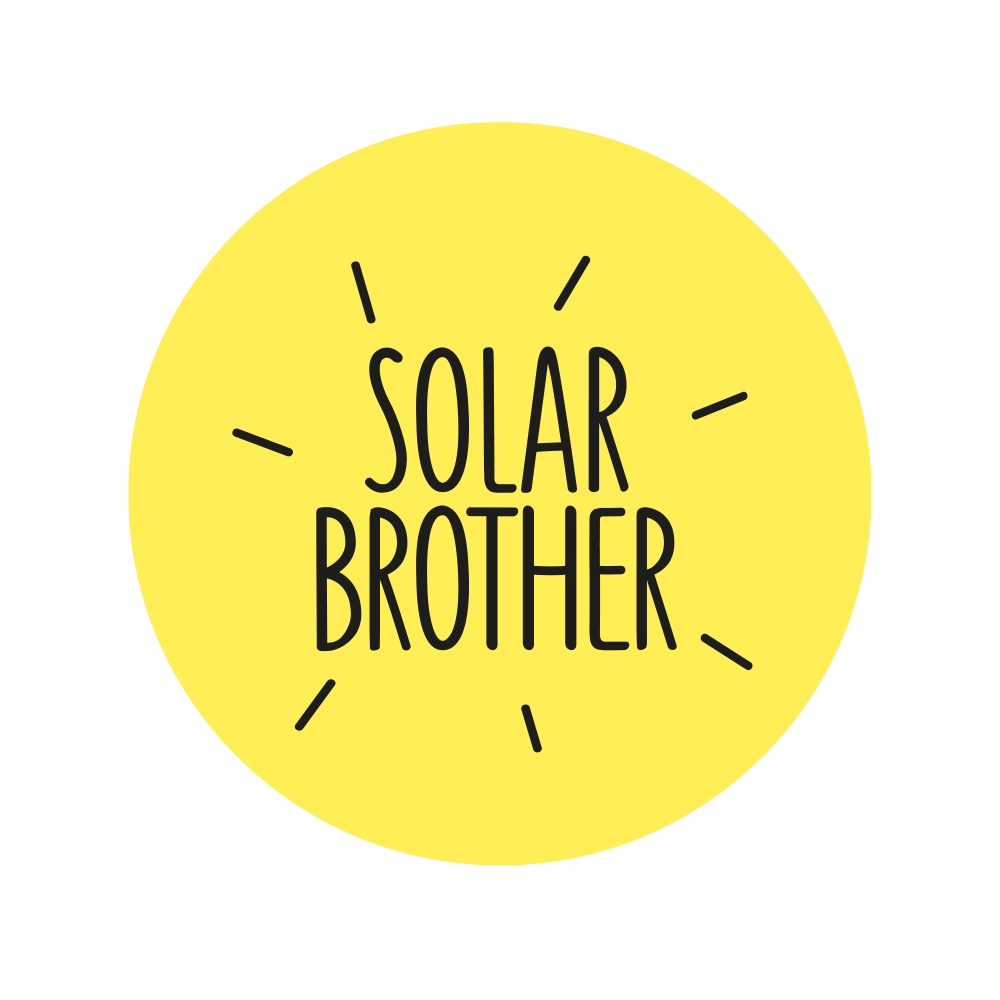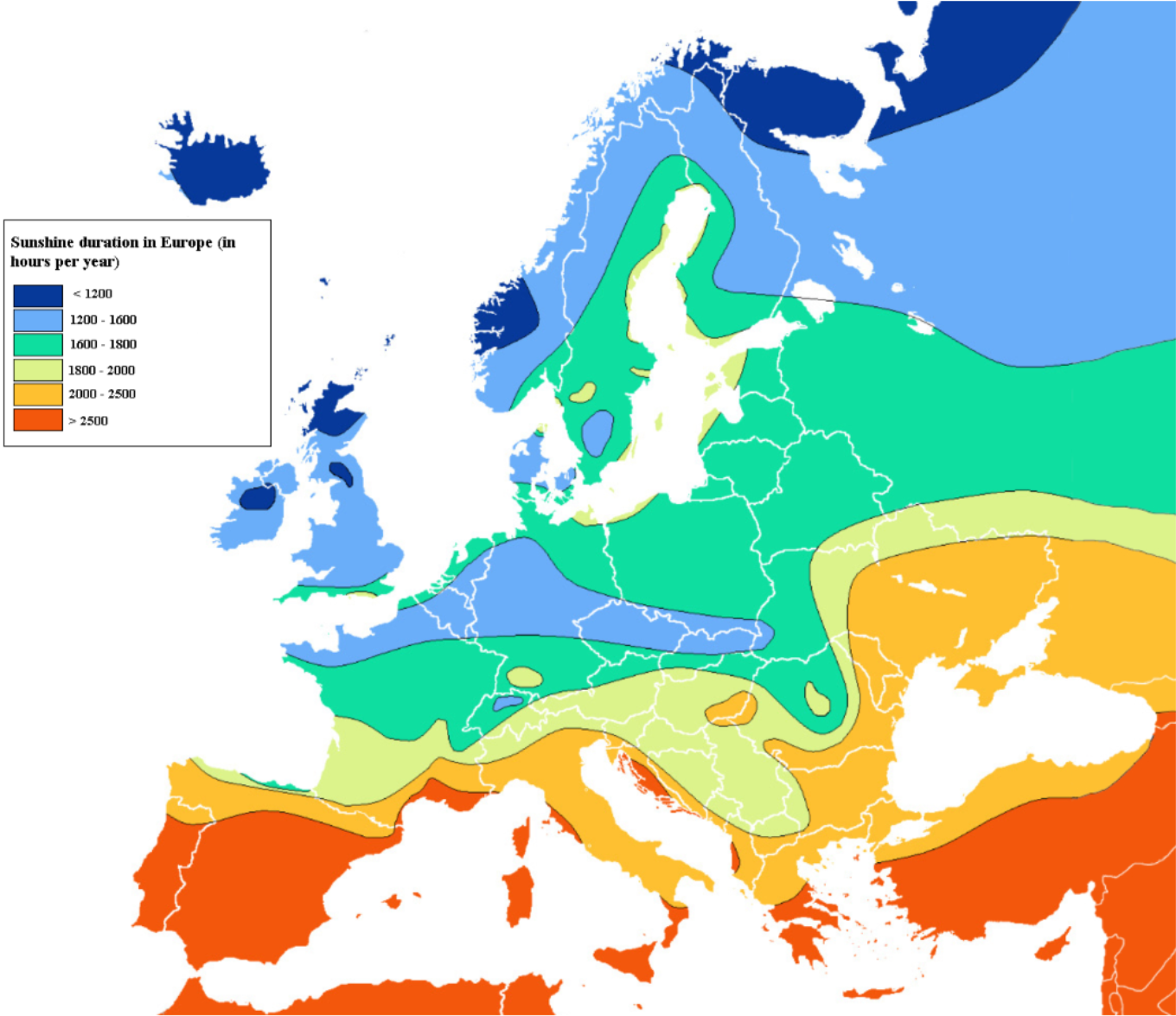How does a solar oven work?
Solar cooking works on the triple principle of concentrating, capturing and conserving the sun’s rays around your dish. This is what we call the “3C” rule for successful solar cooking, and we detail it below:
- Concentration: the mirrors receive the sun’s rays and reflect them back onto the dish being prepared. They act as solar reflectors. The accumulation of rays increases the temperature of the container. In the spectrum of the sun’s rays, it’s the infrared that carries the heat, filtered out by clouds. You feel colder in the shade and warmer in the sun.
- Capture: A thin, dark-coloured container will capture and transmit the heat to your preparations. Ideally, we advise you to use a black pot available here. Infrared is captured by dark colors, while white acts as a mirror, reflecting the rays and therefore not capturing the sun’s heat. You’re warmer with a black shirt than a white one 😉
- Conservation : Depending on the design of the solar cooker, different methods are used to conserve heat around your solar recipes: double-walled glass tube for the solar cooker Sunchefcooking bag for solar cooker Sungoodglass pane for solar cooker Suntaste or a double salad bowl for the solar barbecue SunGlobe. These different principles isolate the pot from the outside environment and the wind. This is the principle of the greenhouse effect. Remember to protect yourself from the wind and close the insulation enclosure securely. Just like in a car left in the sun with the windows closed, it’s very hot!
Why cook with a solar oven?
Solar cooking has many advantages, and has been our passion for over 20 years. The main reasons cited by our users are :
- Solar cooking meets the need for energy self-sufficiency: whether you’re camping, picnicking, boating, vanning or living in a self-contained house, as soon as the sun is out, you’ll be able to cook with solar energy. As much as photovoltaic panels are a solution to the need for electricity, solar cookers provide a solution to the production of heat from 100 to 300°C for the preparation of your meals.
- Solar cooking meets today’s ecological challenges in terms of both its use and its overall footprint. There is no fuel consumption: no gas, electricity or wood/coal, so no waste and no C02 emissions. Most of our products are valid for a lifetime, enabling more rational consumption in a world of limited resources.
- The solar cooker represents an economical cooking solution, as it’s free to use (no fuel required). What’s more, a solar cooker has an almost unlimited lifespan, making it a good long-term investment.
- Solar cookers produce no smoke, no fire. Solar cooking can be used wherever you want. No restrictions on use: forest, beach, balcony, etc.
- A delight for the taste buds, without fuel solar cooking reveals the true taste of food, the taste of the sun.
Where can I cook solar?
Concentrated solar power is a highly efficient form of energy that will be available everywhere on the planet for billions of years to come!
Map showing the distribution of sunshine hours in Europe (source: Wikipedia).
When should you cook with your solar oven?
As soon as the sun is out, take advantage of it to cook solar, both in summer and winter. However, you need to have real sunlight, i.e. the beam must reach you (no haze or too many clouds). To spot this, simply check that the shadows of the objects around you are clearly visible on the ground. You can cook solar from 8am to 6pm on summer days, and from 10am to 2pm in winter. Depending on the region, this represents a significant potential of between 150 and 300 sunny days a year.
Solar chef’s tip: You can also cook at lunchtime for the evening meal to optimize its use. In this case, the Norwegian stockpot is a very good ally, keeping your preparation warm for over 8 hours. Find the product on this link: Norwegian pot
What is the cooking time for solar cooking?
Cooking times depend on the model used and the temperatures reached. With vacuum-tube ovens and solar dishes, cooking time is equivalent to traditional electric/gas cooking, and they reach temperatures in excess of 200°C. With box ovens and solar cookers, cooking is gentler and more respectful of nutrients, but cooking times are increased by 30 minutes to 1 hour depending on the model and the temperatures reached (from 120 to 180°C). Find all our products at this link: solar cookers, ovens and barbecues
What recipes can be cooked in a solar oven?
Depending on the model of solar cooker, we can make any recipe with any type of cooking: grilled, steamed or simmered. Become a solar chef and prepare your own delicious vegetable, meat and fish recipes, as well as cakes and even bread. You can also make preserves by sterilizing jars. Click here for all our solar recipes.
What are the safety rules for solar cookers?
If you have sensitive eyes, you may want to wear sunglasses when handling your solar oven. Don’t forget, too, that concentrated solar energy heats up, so we recommend you wear a protective glove or potholder when handling your dish in any solar oven or cooker. For solar dishes like the SunGlobe we advise you to position it with its back to the sun after use, and to store it in the shade as soon as possible.
Which cooking vessel to use with a solar cooker?
- Color of solar container: your pot should ideally be mast-black to capture the best infrared light, but dark-colored containers (red, blue, green) can also work. In all cases, and for all solar cookers, do not use metal (mirror/aluminium) or white containers. White acts like a mirror, reflecting the sun’s rays.
- Solar container material : You can use all types of materials for solar cooking: cast iron, enamelled steel, terracotta, etc. However, depending on the model of your solar cooker, and especially for gentle cooking cookers, we recommend fine materials such as enamelled steel, like our Cook UP pot to quickly transfer heat to your preparation. For barbecues or solar dishes with sustained cooking, you can use thicker materials. They require more power to heat, but offer the advantage of thermal inertia during cloudy spells.
- Container type: We recommend using containers with opaque or transparent lids to retain heat. We advise you to use volumetric containers with a minimum height of 8 cm to better capture the sun’s rays. With the exception of parabolic cookers like the SunGlobe where you can use frying pans or plancha-type containers, as the rays are concentrated mainly from below, as on a hotplate.

